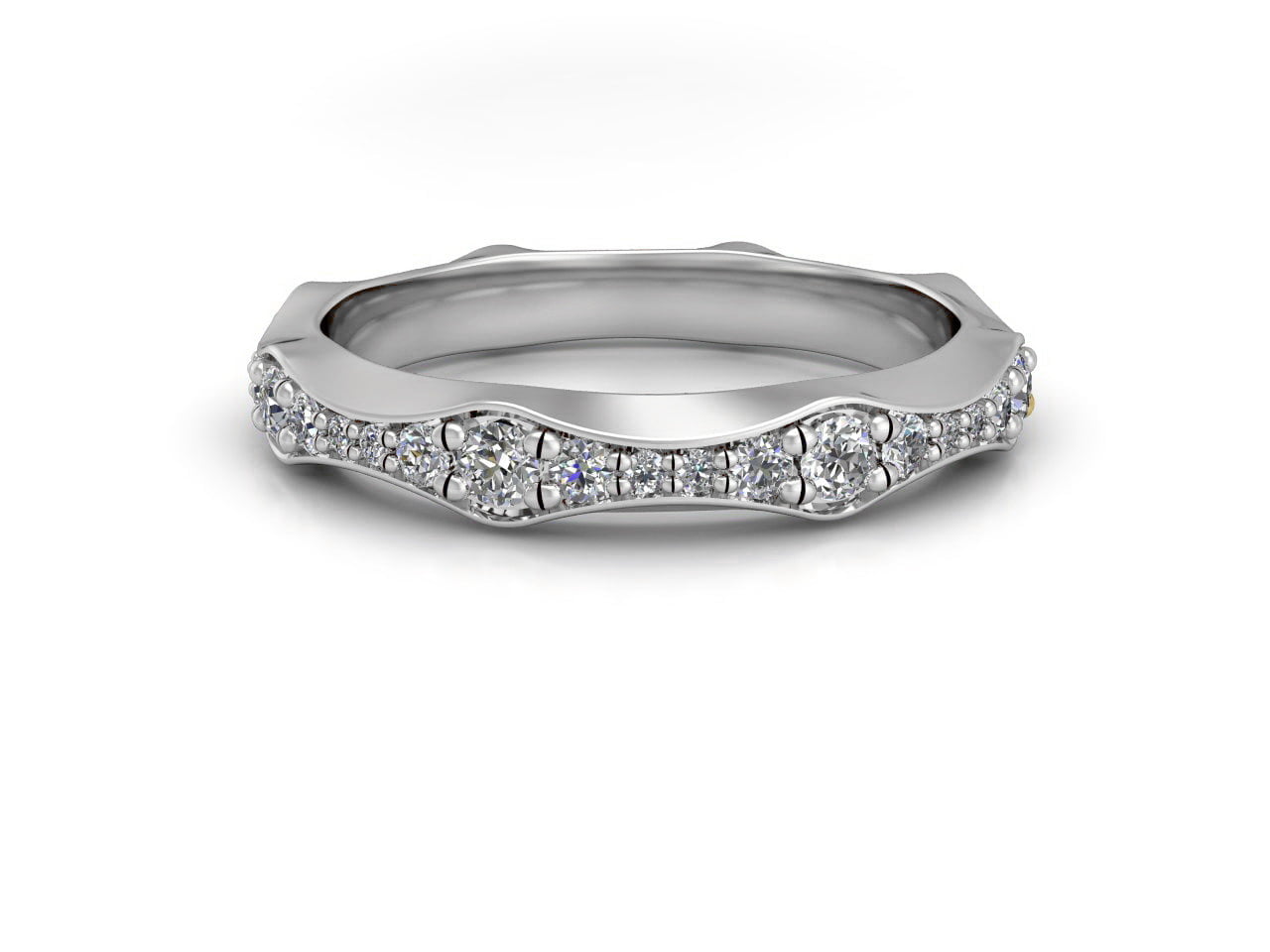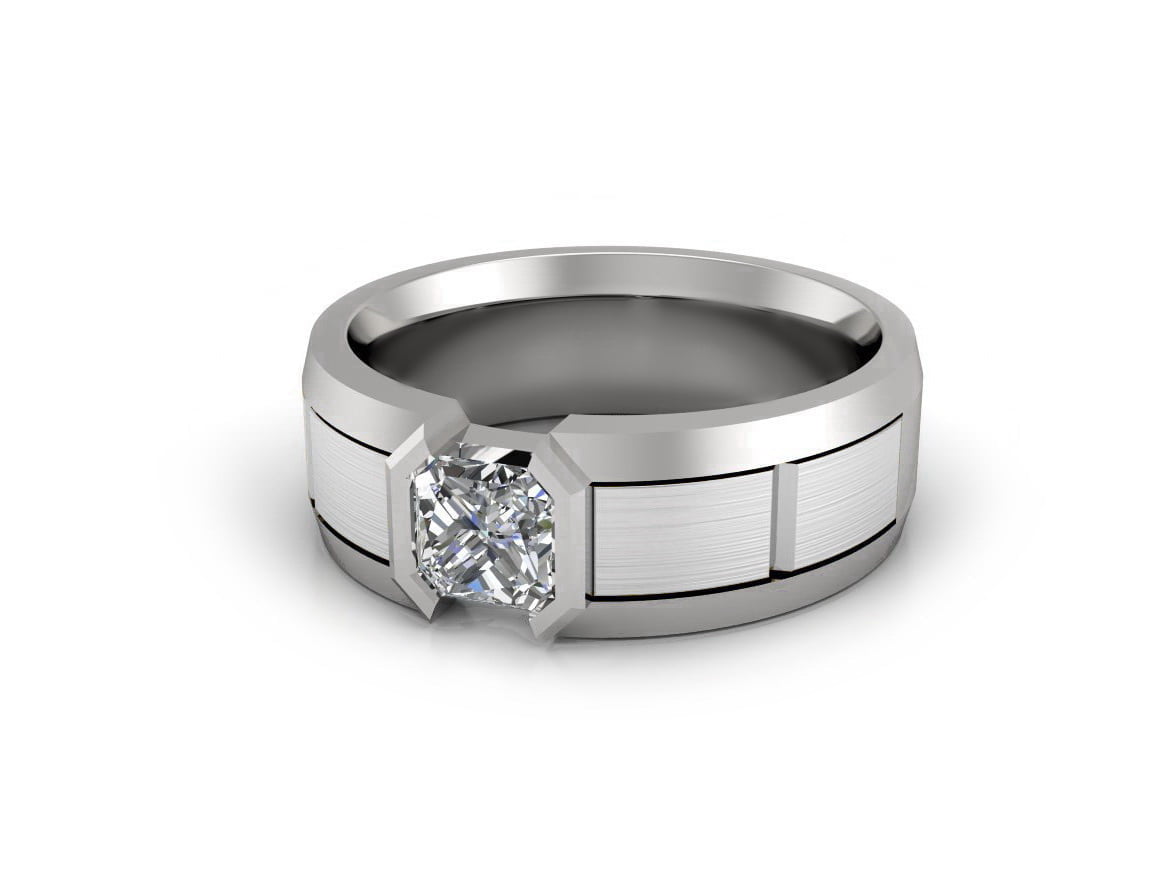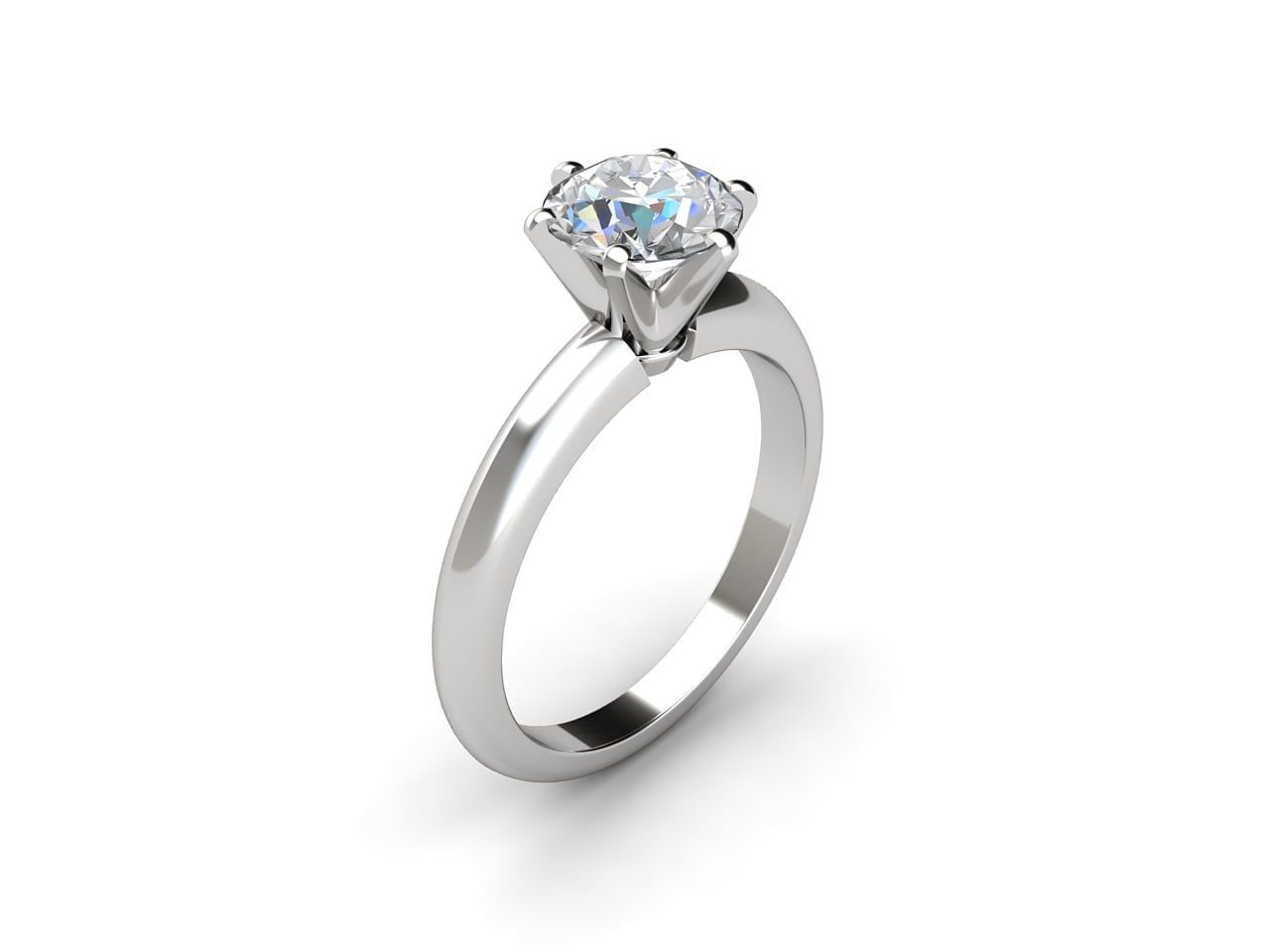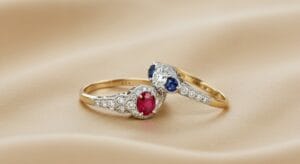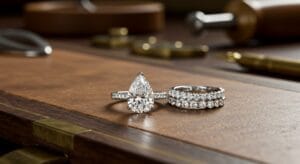In the world of engagement rings, a considerable focus is placed on the diamond. This is entirely understandable as, after all, the diamond is the focal point of the entire piece and the most expensive component of any jewellery item. It is essential to remember that the other parts of a ring can play just as big a part in the overall look, with the metal you choose having perhaps the most significant impact.
In this article, we’ll examine three of the most common choices for engagement ring metals.

1. Gold
Historically, gold has been the most popular metal in all forms of jewellery, and it has a classic look that appeals to everybody. It’s also incredibly versatile and can be used in everything from electronics to dentistry. In jewellery, gold is typically combined with other metals to form an alloy. This gives the metal a more durable finish, allowing it to withstand heavy use better. As a side effect of creating these alloys, there are several different colours that gold can take. These range from classic yellow gold to more exotic rose gold, and the colour option you choose can significantly impact how a finished piece will look.
A typical example is white gold, which is yellow gold alloyed with palladium. This results in a greyish-white colour, which is further lightened with rhodium plating to give a stunning and bright finish – although you may need to re-plate the metal every year or so to maintain this.
2. Silver
Like gold, silver is too soft to be used if it is entirely pure. To get around this, jewellers use sterling silver, which contains a small amount of copper. This strengthens the metal but doesn’t dull the brilliant metallic sheen that is so highly sought after. Silver has a very modern look, which can be great if you’re looking for a particular aesthetic, although it is worth noting that this metal can tarnish more quickly than others.
Platinum is incredibly durable but still more than malleable enough to be worked into very fine pieces.
3. Platinum
More than 30 times rarer than gold, platinum is the undisputed leader of the precious metal world, boasting the appearance of white gold but without the need for rhodium plating. The substance is expensive and exclusive, but its gorgeous appearance and unique characteristics make it perfect for jewellery. For example, platinum is incredibly durable but is malleable enough to be worked into very fine pieces. These characteristics mean you can wear platinum jewellery daily, even if they seem delicate.
Whatever type of precious metal you choose, be it for a man or woman, make sure to complement that choice with an appropriate stone and, of course, a custom design. Contact Joseph George today to find out more.

